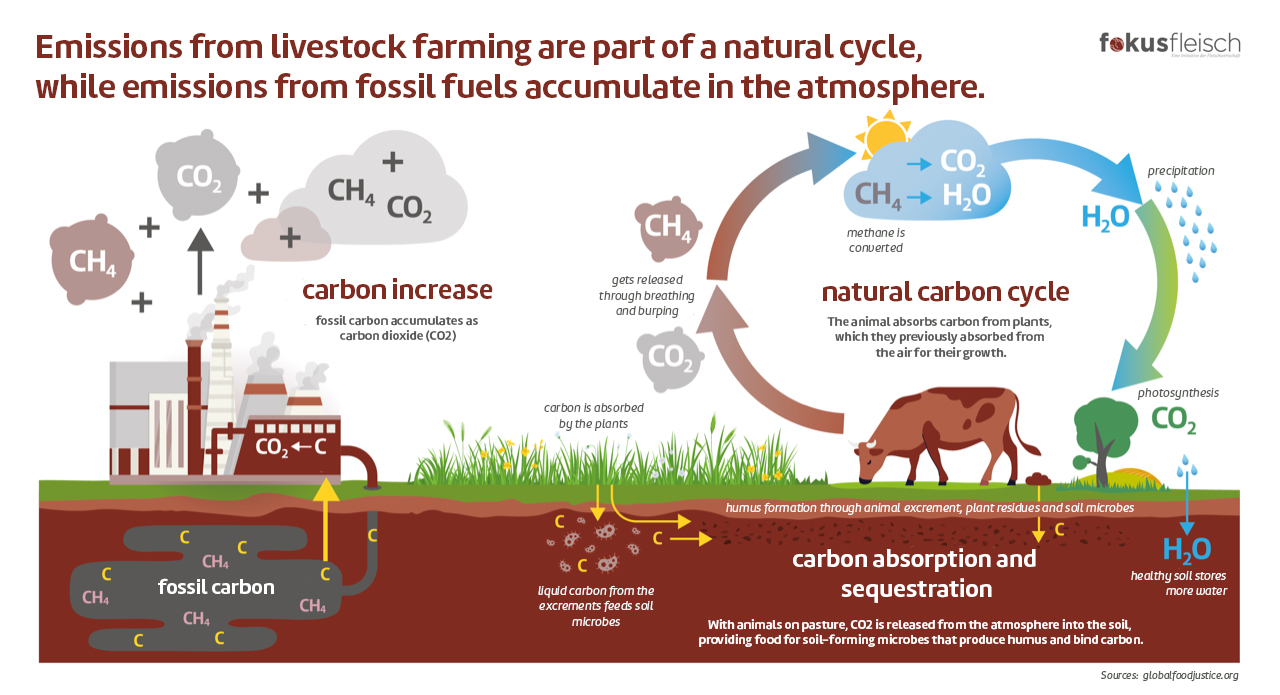Ecology and animal welfare
Leather is the result of a natural and artisanal process. It starts with the animal hide undergoing a complex process. The result is a robust and attractive material. Tanneries today use modern, sustainable practices to minimise their environmental impact. It’s important to know: No animals are kept or killed specifically for leather production. The highest ethical standards place animal welfare at the centre of attention, starting with husbandry. This is also of great benefit to the end product. The hides of stressed, tortured animals are usually of poorer quality and are therefore hardly suitable for the leather production.
Conscious use of water
Water also plays an important role in leather production. Careful and sustainable use is very important to European tanneries. Economy and efficiency are their top priority. This is why as little water as possible is used in every step of the process. In addition, nature’s precious water is preserved: After careful cleaning, the water can flow back into the natural cycles or return to the atmosphere through evaporation.
State-of-the-art technology for more sustainability
Progressive companies in the leather industry fulfil the highest standards of product quality and sustainability. This includes environmentally friendly and resource-saving tanning processes as well as a high level of occupational safety and environmental protection. Ongoing investments in modern and clean facilities, environmentally friendly production processes and well-trained employees ensure that the high demands placed on energy-efficient and resource-saving productions are met in every way.

Making energy efficiency measurable
For even greater transparency, the German Leather Federation (VDL) has launched the world’s first label for Energy Controlled Leather – ECO2L. The calculation and auditing model makes the energy efficiency and CO2-Eemissions of a tannery transparent. This means sustainability you can rely on!

